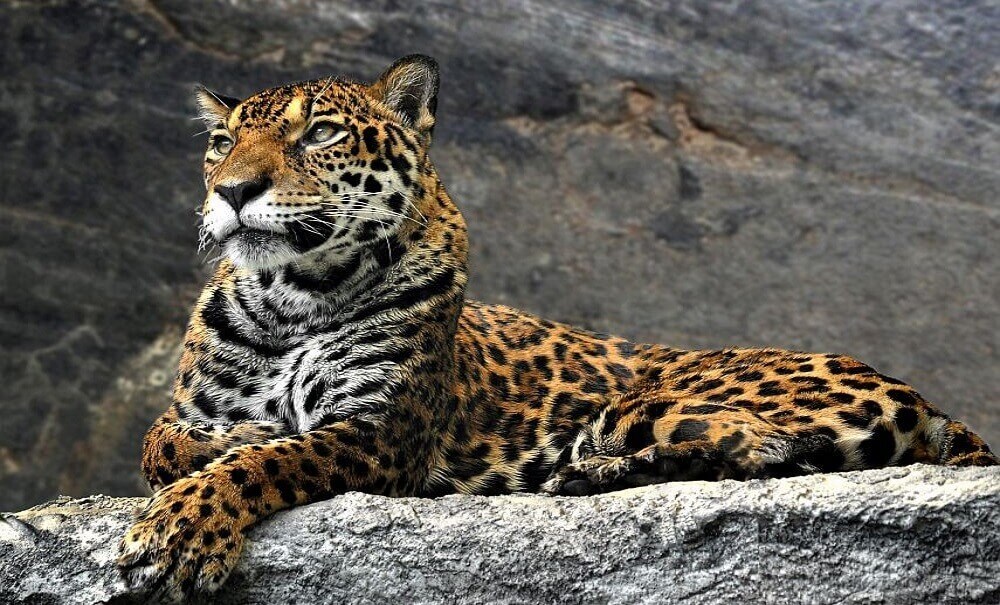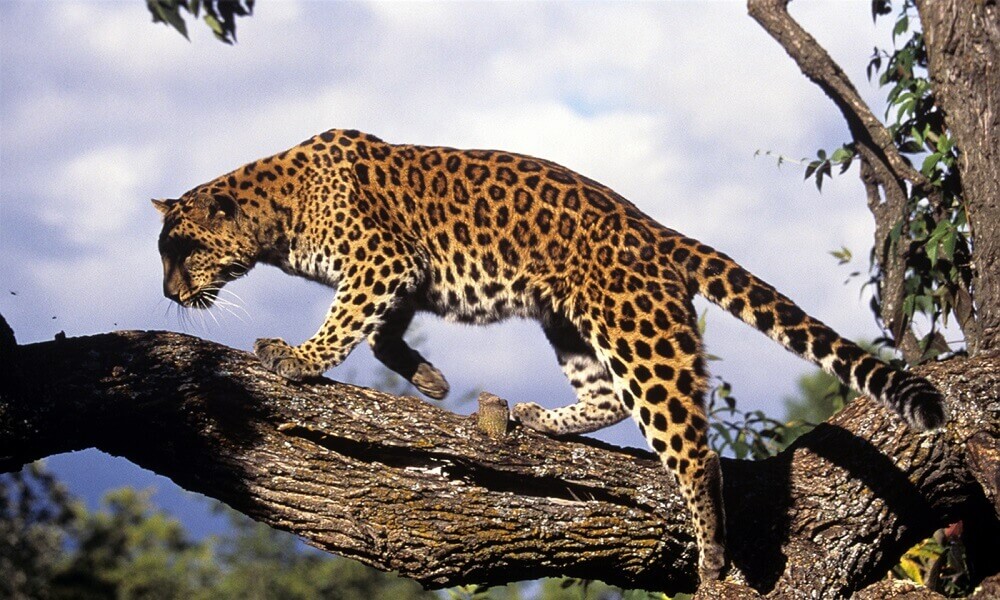
The Amur leopard (Panthera pardus Orientalis) is one of the rarest cats. It has exceptionally thick, luxuriant fur that can be as much as 7 centimeters long in winter and 2.5 cm long in summers. Its color is pale in winter, reddish-yellow in summer, and has widely spaced rosettes with thick borders, thick black rings, and darkened centers. The legs of Amur leopards are also longer than other leopards, which helps them walk in the snowy landscape. Having such beautiful features, it’s really unfortunate that Amur leopards are on the verge of extinction. Yes, Amur leopards are not just endangered, but also on the verge of extinction. But why are Amur leopards endangered? We’ll talk about it below.
Where Do Amur Leopards Live?

The natural habitats of Amur leopard are the temperate forests and the Russian Far East. They can also be found in north-eastern China, the southern part of Primorsky Krai in Russia, and the Korean Peninsula. However, since the last decade, the numbers of Amur leopards have dropped down alarmingly due to illegal poaching and conflicts with humans, due to which, their habitat underwent a major change too.
Once the distribution of the Amur leopard extended throughout north-eastern (“Manchurian”) China, including Jilin and Heilongjiang Provinces, and throughout the Korean Peninsula. It is now reduced to a fraction of its original numbers. Due to rampant illegal poaching, the species range in Russia was dramatically reduced during the seventies, losing about 80% of its former range.
In South Korea, the last record of an Amur leopard goes back to 1969, when a leopard was captured on the slopes of Odo Mountain, in South Kyongsang Province.
Presently, the last remaining wild population of the Amur leopards (inhabiting 5,000 km²) estimated at 57 individuals, is found in a small area in the Russian Province of Primorsky Krai, between Vladivostok and the Chinese border. Wild Amur leopards are now only found in the border areas between the Russian Far East and north-east China where 7-12 scattered individuals are estimated to remain, and possibly North Korea.
Are Amur Leopards Endangered?
The startling reality is that the Amur leopard, one of the most beautiful carnivores, has been listed as one of the world’s most endangered species of the big cat, with only about 60 individuals remaining today. This is the reason they are spotted so rarely in the wilds. Scientists estimate that there are fewer than 50 in Russia and 10 in China. Hence, they are listed as critically endangered (CE) IUCN Red List. We have also featured them on our list of endangered animals 2019.
Why Are Amur Leopards Endangered?
Amur leopards are on the brink of extinction due to major habitat destruction from commercial logging, farming, illegal poaching, and human interference. Being at the top of the food chain, it has no predator except the most dangerous of them all- humans. They are also vulnerable to extinction as they have the lowest levels of genetic variation of any leopard subspecies. Below we have discussed in depth why Amur leopards are endangered.
-
Inbreeding:
Due to scarce numbers, Amur leopards rely upon inbreeding (father-daughter and sibling mating), which makes them prone to health problems, such as reduced lifespan and reduced fertility, which further decrease the birth rate. Just like other wild animals, even Amur leopards are susceptible to “catastrophes” such as fire or disease. With such a limited breeding population, even a small number of deaths from disease can make a major difference, especially when the number is so little.
-
Poaching:
Amur leopards have beautiful, black-ringed fur and magnificent hide, which is greatly valued in the black market. Even their bones are used to make traditional Asian medicines. Hence, smugglers don’t think twice before smuggling these leopards across the borders.
Since the habitat of these leopards is surrounded by villages, it makes them even more susceptible to hunting and poaching by humans. In the village of Barabash, not far from the Kedrovaya Pad reserve, an undercover investigation team recovered a female and a male Amur leopard skin, in 1999, which were being sold for US$ 500 and US$ 1,000 respectively. Their main prey like roe deer, sika deer, and hare are also hunted down by the villagers for food and money.
-
Habitat Loss:
Due to land grazing, deforestation for settlement, firewood requirements, cattle breeding, unsustainable logging, and even rampant forest fires, the natural habitat of Amur leopards is totally destructed. These fires destroy the forest, their habitat, and sometimes kill the leopard and its prey as well, thereby leading to food depletion. Due to a dwindling food source, the leopards migrate from their zones to deer parks where they are shot down by the owners. A troubling fact is that between 1970-1983, the Amur leopard lost an astonishing 80% of its former territory. Many times villagers set up forest fires to stimulate the growth of ferns, an important ingredient in Russian and Chinese diet.
-
Climatic Conditions:
Climate change caused by global warming is leading to more and more glacial melting, thereby affecting the leopard’s snowy habitat in the North. Although we might be inclined to think that temperatures shooting up in the extremely cold conditions would affect the leopards, it is not so. They have already acclimatized to the surroundings and any climatic change forces them to adapt all over again. This is not always possible, though.
-
Prey Scarcity:
Amur leopards eat deer, wild boar, moose, badgers, hares, Manchurian wapiti, game birds, and even mice, but they particularly prefer deer (roe deer and sika deer). The complication arises in far East Russia which is the natural habitat of these leopards, where farmers raise deer for human consumption and to produce antlers for the Asian medicine market. When leopards are unable to find prey in the wild, they are forced to hunt in these establishments where they are shot dead by the owners. Thus, retaliatory or preventive killing is also a major reason for their decreasing number.
Amur Leopards are significant for our ecosystem as they are the top predators in the landscape and thus they keep a balance of species. Not only that, but these beautiful carnivores are also the rarest cats on this planet. It is our responsibility to make sure that they are not pushed to extinction due to the ignorance and greed of a small fraction of humans. In China, there are large tracts of land which can be used as the leopards’ habitat. However, the prey population in these areas is not enough to sustain a large number of leopards. This can be worked upon by regulating local’s involvement in the forests and illegal poaching. We hope to receive good news on the status of amur leopards soon!
References:
http://wwf.panda.org/our_work/wildlife/problems/habitat_loss_degradation/
https://news.cornell.edu/stories/2018/01/critically-endangered-amur-leopard-faces-new-threat
https://en.m.wikipedia.org/wiki/Amur_leopard
http://www.animalplanet.com/wild-animals/endangered-species/amur-leopard/
You May Also Like:
Are Orcas Endangered? What Are The Threats To Killers Whales
